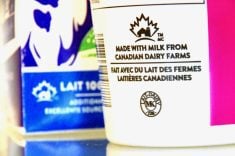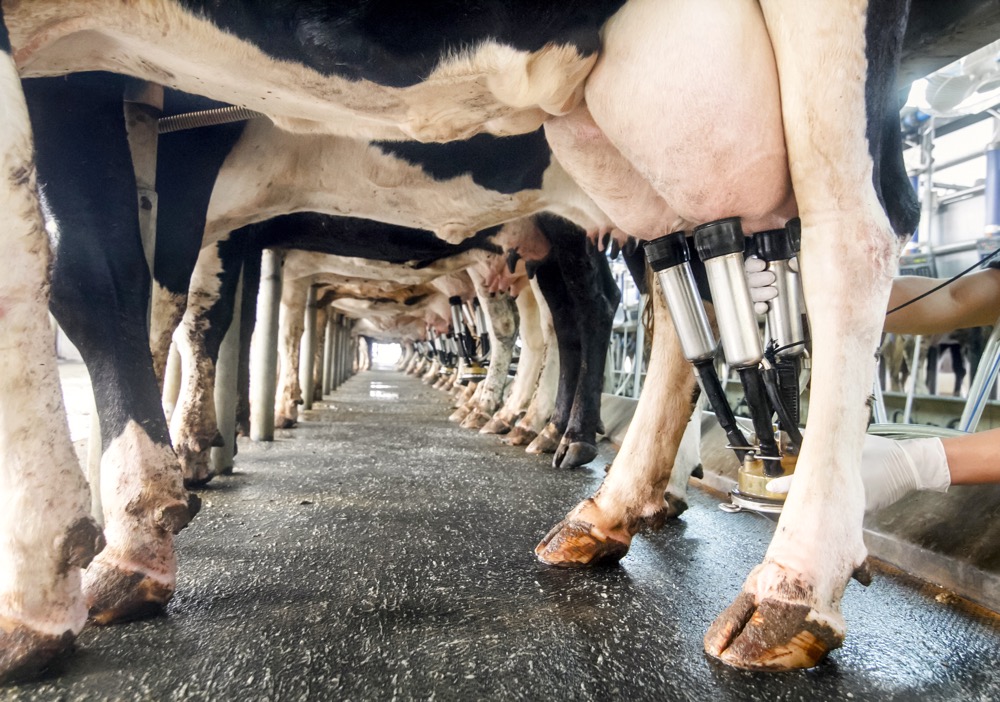Supply management has proven robust in important respects. Regulating production, restricting imports and offering stable returns to producers at a favourable level are the foundational pillars for supply management.
The Canadian dairy industry has avoided drastic drops in milk prices, followed by prolonged low milk price periods and associated financial stress that has repeatedly occurred in much of the global dairy market.
Poultry and egg supply management has allowed for an independent, decentralized farm segment, and yet has accommodated forward integration of some producers, while pricing at the cost of production.
Read Also

Imbalanced food system cuts into farm profit, advocates say
Canadian grocery prices have risen considerably. Where is that profit going if not to Canadian farmers?
Supply management has not proven particularly frail or fragile in the face of trade liberalization.
Supply management continues to attract periodic attention, but there is no indication of the imminent public catharsis over supply management and high food prices.
This situation has been managed through a willingness to adjust elements of supply management to a changing market, policy, and technology context.
It is evident in the adjustments made to change from binding import quotas to tariffs and tariff rate quotas over 20 years ago, in how the concept of “cost of production” in pricing has changed over time and even in what aspects of supply-managed markets are actually covered by cost-of-production pricing.
It is also evident in marketing adjustments made to accommodate new technologies, such as whey recycling in cheese manufacturing and the use of concentrated skim products, and in the growth in further processed poultry and egg products.
Adjusting these instruments can be difficult. Smooth adjustment is typically not an attribute of complex systems modulated by regulation.
But a basic question is, what objectives are we pursuing in adjusting the instruments of supply management?
The instruments of supply management we see today are artifacts of a past, honed over time, based upon past aspirations and fears.
This environment, in turn, generates the baseline or status quo conditions for supply-managed industries of today. These define the relative price levels in Canada versus elsewhere, quota values, and economically feasible scales of operation in Canada versus elsewhere.
Canadian farm prices in supply-managed commodities are relatively high and are broadly more stable than prices elsewhere.
Quota prices are high and stable to increasing in value as a capital asset.
Canadian farms in supply-managed products are relatively small in scale versus benchmarks elsewhere (notably the U.S.).
The number of farms in Canada producing supply-managed products is declining at a similar rate to that in other countries, at least in comparison with those in which the farm segment has not already been vertically integrated.
What are today’s aspirations and fears in supply management? By default they appear to be protection of the status quo in supply-managed industries — both a weak and probably untenable objective.
However, as market, technology, and policy factors continue to evolve, a renewed set of objectives for supply management is required to interpret its legacy instruments, and identify positive direction for change.



















